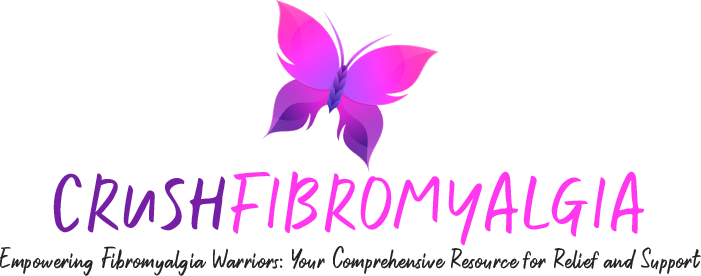Last Reviewed and Updated: November 2023
Living with fibromyalgia presents a unique set of challenges, and one of the most frustrating symptoms experienced by individuals with this condition is cognitive dysfunction, commonly referred to as “fibro fog.” Fibro fog can significantly impact memory, concentration, and overall mental clarity, making daily tasks and responsibilities more demanding. In this article, we will delve into what fibro fog is, its causes, and strategies to manage and cope with this cognitive impairment.
Medical Disclaimer: Please note that we are not medical professionals, and while our info is heavily researched, the information provided in this blog post is for informational purposes only. It should not be considered as a substitute for professional medical advice, diagnosis, or treatment. If you are experiencing any eye-related symptoms or have concerns about your health, it is crucial to consult with a qualified healthcare professional for proper evaluation and personalized medical advice. Always seek the guidance of a medical professional before making any changes to your healthcare regimen.
Affiliate Link Disclosure: Some of the products on this page may be affiliate links, and we may receive compensation if you click on those links. However, please rest assured that as sufferers of Fibromyalgia ourselves, our recommendations are based on our honest evaluation and a ton of research.
Are you in a Fibro Flare?
For individuals with fibromyalgia, flare-ups can be particularly challenging. These episodes are characterized by a sudden intensification of symptoms, often leading to increased pain, fatigue, and decreased functionality. Recognizing the signs of a fibromyalgia flare is crucial for implementing appropriate self-care strategies and managing the condition effectively. In this article, we will explore common indicators of a fibromyalgia flare and provide practical tips for coping during these challenging periods.
Recognize the Symptoms:
Heightened Pain: One of the primary indicators of a fibromyalgia flare is an increase in widespread pain. The pain may become more severe, widespread, and persistent, affecting muscles, joints, and even the skin. Areas that were previously manageable may become hypersensitive, making daily activities more challenging.
Fatigue and Exhaustion: During a flare, fatigue can become overwhelming, leading to extreme exhaustion and diminished energy levels. Even simple tasks may feel insurmountable, and restorative sleep may be elusive, exacerbating the fatigue.
Cognitive Dysfunction (Fibro Fog): Fibro fog, characterized by difficulties with memory, concentration, and mental clarity, can worsen during a flare. You may experience forgetfulness, difficulty finding words, or feeling mentally foggy. This cognitive impairment can impact daily functioning and contribute to increased frustration.
Increased Sensitivity: A fibromyalgia flare can heighten sensitivity to sensory stimuli such as light, sound, temperature changes, and even certain textures. Everyday sensations that were previously tolerable may become overwhelming, causing discomfort and further exacerbating symptoms.
Sleep Disturbances: Flares often disrupt sleep patterns, making it difficult to fall asleep or stay asleep. You may experience restless nights, frequent awakenings, or non-restorative sleep. The lack of quality sleep further compounds the symptoms experienced during a flare.
Mood Changes: Flares can have a significant impact on emotional well-being. Heightened pain, fatigue, and other symptoms may lead to increased irritability, anxiety, or feelings of depression. Emotional support and coping strategies become vital during these periods.
Gastrointestinal Issues: Digestive problems, such as irritable bowel syndrome (IBS), can worsen during a fibromyalgia flare. Symptoms may include abdominal pain, bloating, constipation, or diarrhea. Paying attention to dietary triggers and practicing stress-reducing techniques may help manage gastrointestinal symptoms.
Muscle Stiffness: During a flare, muscle stiffness and joint discomfort can intensify, leading to reduced flexibility and mobility. Simple movements may be accompanied by increased pain, making physical activities more challenging.


Managing a Fibromyalgia Flare:
While flare-ups can be challenging, there are strategies to help manage and alleviate symptoms:
Rest and Pace Yourself: Prioritize rest and establish a balance between activity and rest to conserve energy.
Gentle Exercise: Engage in gentle exercises such as stretching, walking, or swimming to promote circulation and reduce muscle stiffness.
Stress Management: Practice stress-reducing techniques such as deep breathing exercises, meditation, or engaging in hobbies to help alleviate emotional distress and promote relaxation.
Heat and Cold Therapy: Apply heat or cold packs to affected areas to help reduce pain and ease muscle tension.
Medications and Treatments: Consult with your healthcare provider to discuss appropriate medications or treatments to manage pain and other symptoms during a flare.
Support System: Reach out to friends, family, or support groups to seek understanding, emotional support, and practical advice during difficult periods.

